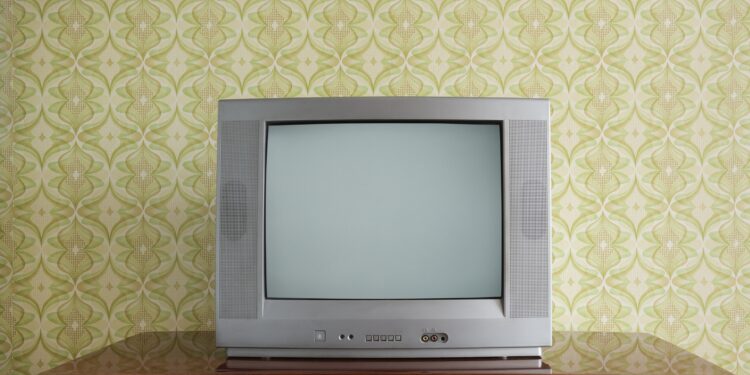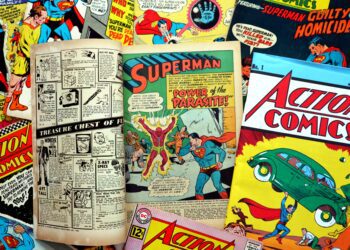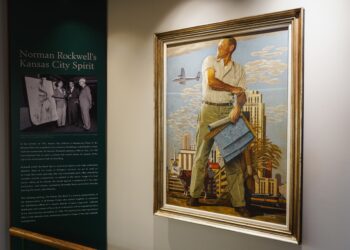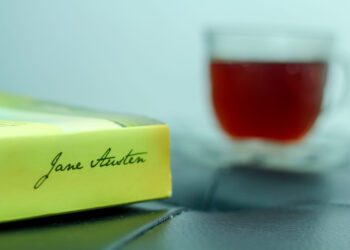Interestingly, most interior design trends from the 1990s are now being used in 2025 in very non-minimalist ways. Instead, they’re breathing spaces in more maximalist schemes, a moment of pause in colorful environments. You have to squint a little to see the 90s influence, but as many designers who currently head up their own studios were children in the 90s (and so in their 40s now), the lineage is clear, and as a style reference it’s a very key decade.
1. Chrome finishes and cool metallics
It’s the metallic trend we never saw coming. Warm brass has dominated for so long, but chrome is back for 2025, and it’s cooler than ever before. In the 1990s it was the only metallic finish, used in minimalist decor and pared-back spaces, sleekly shining against hard edges. But this year, it’s finding its way into softer schemes.
‘I’ve always used brass and warm tones a lot, but I choose chrome for things like serveware because it juxtaposes so well with other natural elements like wood and wicker, making the occasion seem more tailored’ says the LA-based interior designer Jake Arnold.
2. Rounded fireplaces
It’s hard to believe that these ultra-contemporary fireplaces were actually pretty commonplace in the 1990s. ‘A lot of the architecture around Santa Fe is from the 1990s, and a lot of it is bulbous and rounded,’ says the Santa Fe-based designer Heather French of French & French Interiors. ‘But these designs can seem contemporary and playful and fun.’
3. Monochrome
Another 90s trend that’s celebrated for its starkness is back this year – yes monochrome, or black and white palettes – are starting to be used in designer schemes again. It’s because they’re graphic, bold, daring, but also if you get them right, they can have a subtle amount of intrigue to them. It’s all in the layering.
4. Gray walls
You could argue that decorating with gray has been a perennial trend, but it first came to the fore in the 1990s. Back then, it was a minimalist and grown-up reaction to 1970s prints and 1980s Pop Art colors. And while they stayed around for much of the 21st century, they have fallen out of favor recently as designers turn to softer colors like green, or warmer neutrals such as pink.
5. Unfinished edges
In the 1990s, there was a celebration of industrial materials, as people began moving into warehouses and gentrifying areas filled with former workspaces. They often had exposed brick, iron beams, and a roughness that became a big trend.
Look carefully, and it’s slowly coming back this year, seen here in this kitchen with an irregularly edged backsplash by the designer Jo Berryman. Even though the material is a luxe stone, it’s left with a raw edge so its beauty can be truly appreciated.












